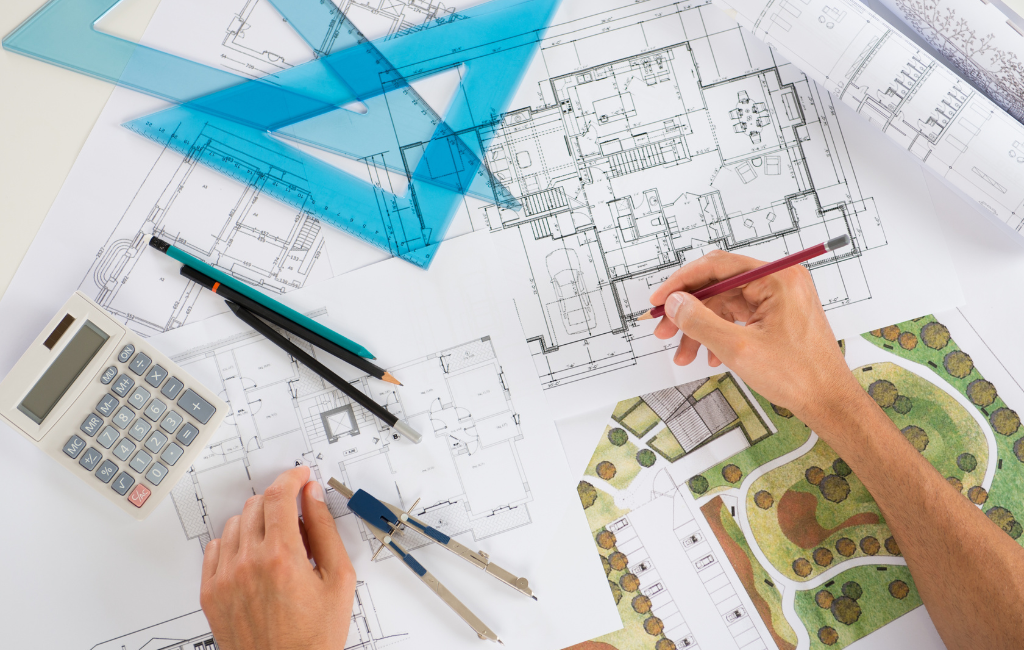Architect Trends for Smart Living
In recent years, the concept of smart living has gained significant traction. As technology continues to evolve, architects are increasingly integrating smart solutions into their designs. This article explores the latest trends in architecture that cater to smart living, providing valuable insights and examples to illustrate these advancements.
Integration of IoT in Home Design
The Internet of Things (IoT) has revolutionized the way we interact with our living spaces. Modern homes are now equipped with interconnected devices that enhance convenience and efficiency. Some key features include:
- Smart thermostats that learn user preferences and optimize energy consumption.
- Automated lighting systems that adjust based on natural light and occupancy.
- Voice-activated assistants that control various home functions.
For instance, the Nest Learning Thermostat has been shown to save users up to 15% on cooling and 12% on heating bills. This not only reduces energy costs but also contributes to a more sustainable lifestyle.
Sustainable and Eco-Friendly Materials
As environmental concerns grow, architects are prioritizing the use of sustainable materials. These materials not only reduce the carbon footprint but also improve the overall health of the living environment. Examples include:
- Bamboo flooring, which is both durable and renewable.
- Recycled steel, which reduces the need for new raw materials.
- Low-VOC paints that minimize indoor air pollution.
A case study of the Bullitt Center in Seattle demonstrates the effectiveness of sustainable design. This building uses 60% less energy than a typical office building and generates its own power through solar panels.
Adaptive Reuse of Buildings
Adaptive reuse involves repurposing old buildings for new uses. This trend not only preserves historical architecture but also reduces the environmental impact of new construction. Examples of adaptive reuse include:
- Converting old factories into modern loft apartments.
- Transforming warehouses into trendy office spaces.
- Repurposing churches into community centers.
The High Line in New York City is a prime example of adaptive reuse. This elevated railway track was transformed into a public park, attracting millions of visitors each year and revitalizing the surrounding neighborhoods.
Biophilic Design
Biophilic design focuses on incorporating natural elements into the built environment. This approach has been shown to improve mental well-being and productivity. Key features of biophilic design include:
- Large windows that provide ample natural light.
- Indoor plants that enhance air quality and aesthetics.
- Water features that create a calming atmosphere.
The Amazon Spheres in Seattle exemplify biophilic design. These glass domes house over 40,000 plants, creating a unique workspace that fosters creativity and relaxation.
Smart Cities and Urban Planning
Smart living extends beyond individual homes to entire cities. Urban planners are now designing smart cities that leverage technology to improve the quality of life for residents. Features of smart cities include:
- Intelligent traffic management systems that reduce congestion.
- Smart grids that optimize energy distribution.
- Public Wi-Fi networks that enhance connectivity.
Barcelona is a leading example of a smart city. The city has implemented a range of smart solutions, from sensor-based waste management to smart street lighting, resulting in significant cost savings and improved urban living conditions.
Modular and Prefabricated Construction
Modular and prefabricated construction methods are gaining popularity due to their efficiency and cost-effectiveness. These methods involve assembling building components off-site and then transporting them to the construction site. Benefits include:
- Reduced construction time and labor costs.
- Minimized waste and environmental impact.
- Enhanced quality control and precision.
The B2 Tower in Brooklyn, New York, is a notable example of modular construction. This 32-story building was constructed using prefabricated modules, significantly reducing construction time and costs.
Conclusion
The trends in architecture for smart living are transforming the way we design and interact with our built environments. From the integration of IoT and sustainable materials to adaptive reuse and biophilic design, these innovations are paving the way for a more efficient, eco-friendly, and enjoyable living experience. As technology continues to advance, the possibilities for smart living will only expand, offering new opportunities for architects and homeowners alike.
